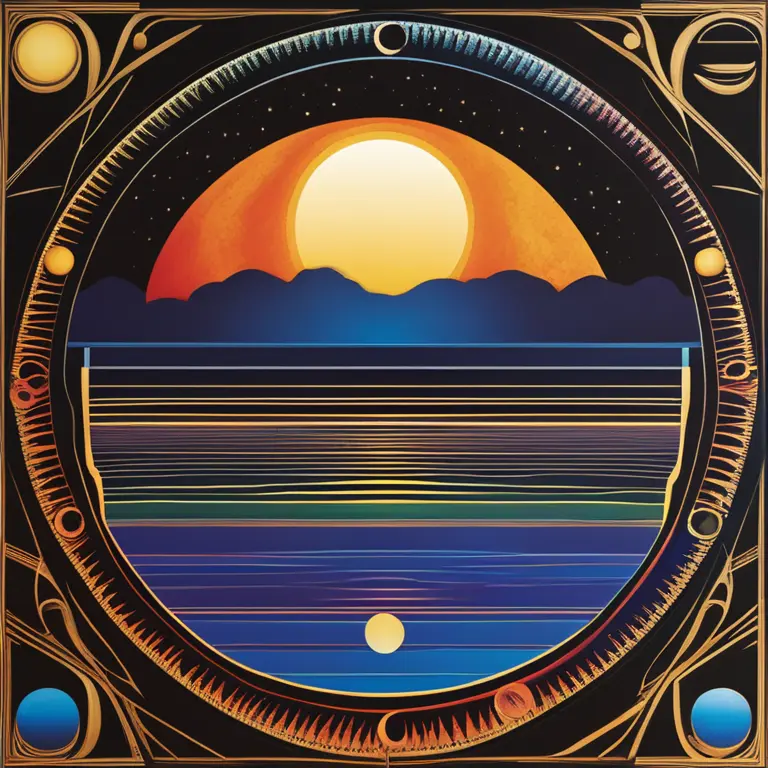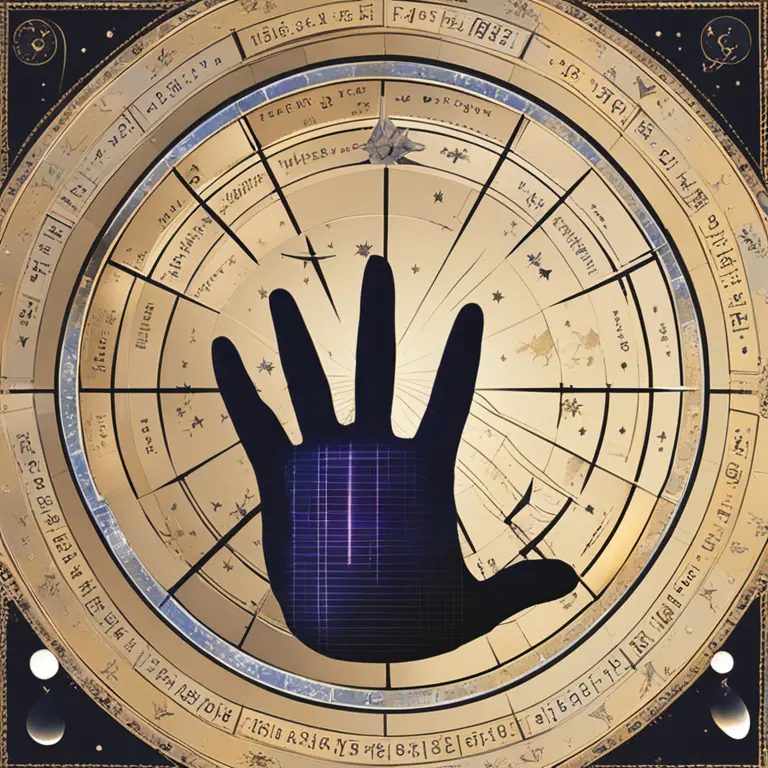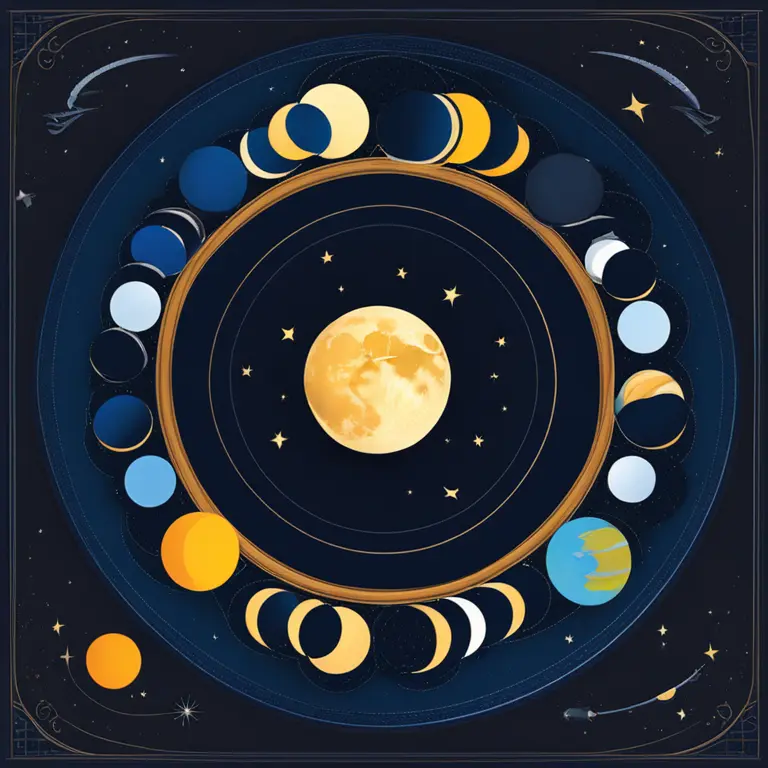
The Mystery of Lunar Phases: What Causes Them?
Delve into the celestial mechanics behind the lunar phases and how they influence our astrological interpretations.
article by Priya Deshmukh
The Lunar Cycle
The moon's captivating dance through its phases is a specter that has intrigued civilizations throughout time. Each month, the Moon completes a full cycle, transitioning from New Moon to Full Moon through its crescent and gibbous stages. This cyclical pattern is not a phenomenon of its own making but is caused by the interplay of three celestial bodies: the Earth, the Moon, and the Sun. The changing phases of the Moon are a direct result of the Moon's orbit around Earth and the relative positions of these three bodies. As the Moon moves, the portion illuminated by the Sun shifts, presenting different lunar aspects from the perspective of an observer on Earth.

Sunlight and Shadow
Sunlight is the architect of the Moon's visual metamorphoses. When the Moon is positioned between the Earth and the Sun, the side facing Earth is enshrouded in darkness, marking the New Moon phase. Conversely, when the Earth lies between the Sun and the Moon, the full luminescence of the Sun's rays illuminates the side facing us, heralding the Full Moon. The intermediate phases—waxing crescent, first quarter, waxing gibbous, waning gibbous, third quarter, and waning crescent—are a result of the Moon's continued orbit, as varying proportions of its visible face are lit over time.

Astrological Significance
In the realms of palmistry, astrology, and horoscopes, lunar phases hold significant influence. As we cast our eyes to 2024 and beyond, the phases of the Moon continue to play a pivotal role in astrological forecasts. Each phase is associated with different energies and is believed to affect personal growth, emotions, and human experience. For instance, the New Moon is frequently linked with new beginnings and the setting of intentions, while the Full Moon is often seen as a time of culmination and release.

Eclipses and Their Effects
Eclipses are another key player in this cosmic interplay, occurring only during the New Moon and Full Moon when the Sun, Earth, and Moon align precisely. Solar eclipses unfold during the New Moon, as the Moon obscures the Sun, while lunar eclipses happen at the Full Moon, with Earth casting its shadow on the Moon. Astrologically, eclipses are thought to herald significant change and can underscore prominent themes when they aspect celestial bodies in personal natal charts.

The Biorhythm Connection
Biorhythms, another topic pertinent to our website, are said to sync with the natural rhythms of the Earth and the cosmos. Interestingly, the Moon's phases are sometimes thought to resonate with the human body's physical, emotional, and intellectual cycles. As we progress into 2024, considering the Moon's influence on these cycles can enrich our understanding of personal tempo and well-being.
Compatibility and the Moon
Finally, in matters of compatibility, the Moon's phase at the time of one's birth is believed to shape emotional responses and relational dynamics. A deeper comprehension of these celestial patterns enables us to navigate relationships with greater empathy and insight. For those seeking astrological guidance in 2024, the consideration of lunar phases may provide clarity in the pursuit of harmonious connections.
Published: 1/19/2024
Modified: 1/19/2024
More predictions
Come back here soon to learn more about yourself and your future


Can Tarot Cards Forecast Timing Events?
Delving into the potential of tarot cards to predict timing, examining their symbolic language and the challenges in forecasting temporal outcomes.


Tarot Cards vs Zodiac Horoscopes: A Comparative Guide
Discover the differences between tarot readings and zodiac horoscopes, two popular methods used to gain insights into our lives and futures.


The Tarot Knight of Pentacles: A Symbol of Steadiness
Delve into the symbolism and meaning of the Tarot Knight of Pentacles, a figure representing reliability, dedication, and persistent progress in the Tarot deck.